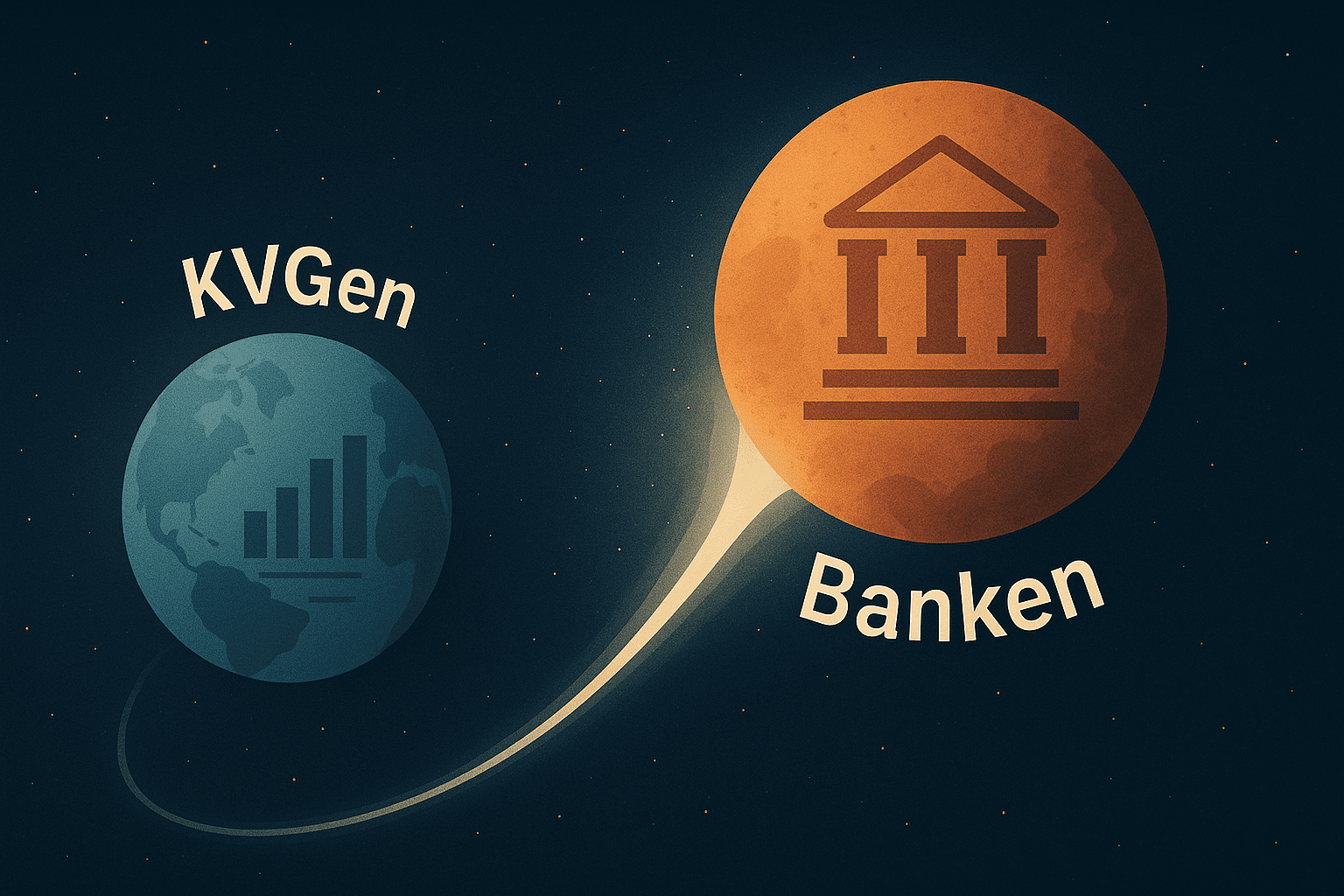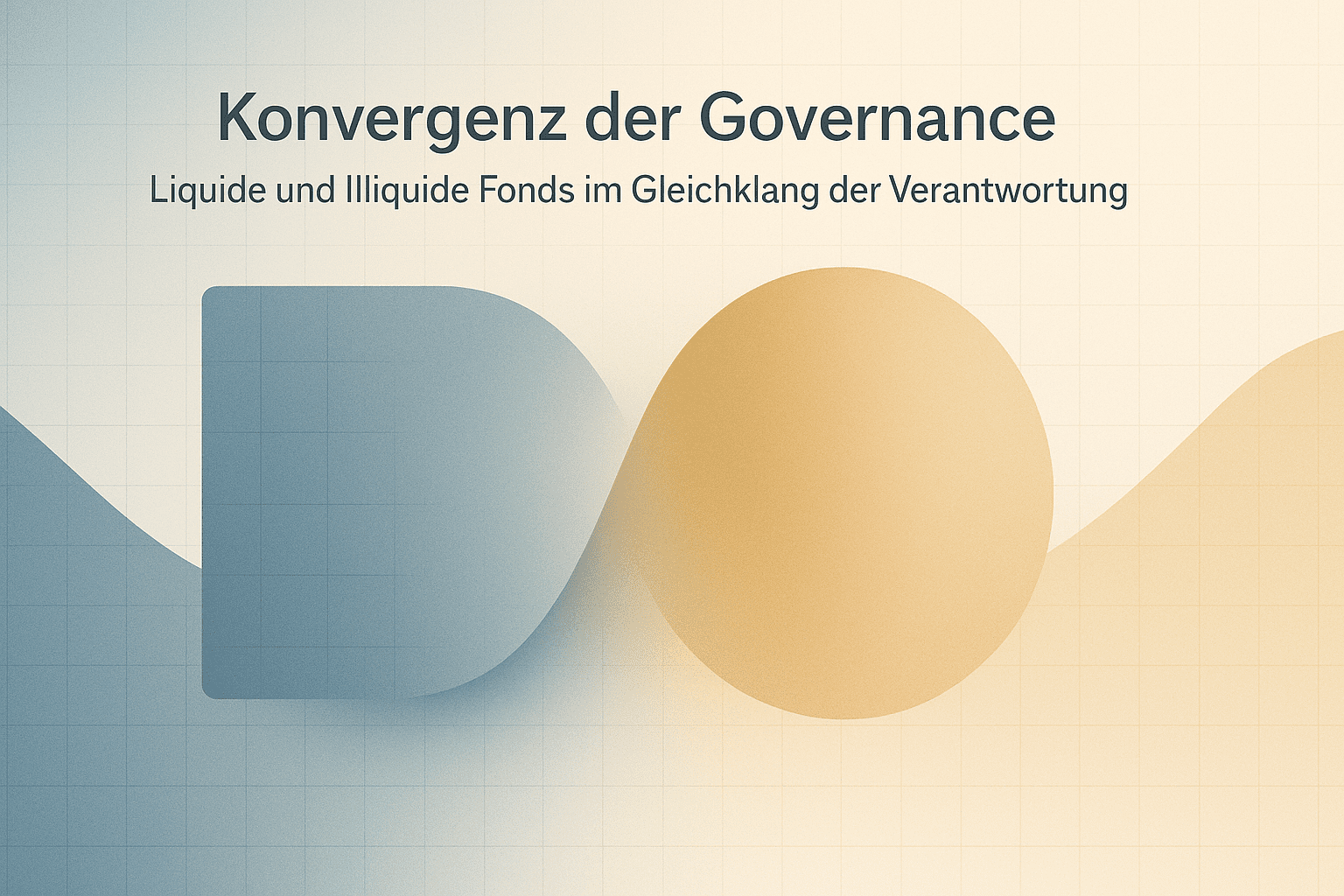The key figures on the value and composition of funds, which have been reported monthly to the Bundesbank for the statistics on investment funds for a good decade, mean one thing above all for the capital management companies: effort. The value placed on the efficient completion of this duty by means of scalable processes is correspondingly great. The changes announced at the end of the year now make it necessary to adapt practiced processes and could again cause considerable effort. Those responsible would do well to deal with adapting their own processes to the new requirements at an early stage and to prevent unpleasant surprises.
Changes as of 31.12.2025: An overview
With the new ECB Regulation (EU) 2024/1988, the Bundesbank is implementing a number of changes that bring both simplifications and new challenges, and this announcement is now becoming increasingly clear. Unlike in 2015, when the statistics were completely redrawn under the then “newer” AIFMD Directive, the Bundesbank is “only” making selective adjustments to the content of the upcoming amendment. But these can be tough.
Due to the variety and level of detail of the data and the technical requirements, reporting can already be complicated for individual providers or investment management companies. This applies not only to smaller companies, but also to larger companies with complex products, as it is then all the more relevant for scaling to organize this technical process well.
A completely new aspect will be the inclusion of an ESG type, according to which the AIFs are to be classified according to the SFDR’s AIF categories. Considering that ESG disclosures have otherwise penetrated quite broadly into the reports, it is still limited here. However, with a view to pure statistical recording, the scope is understandable.
Another new requirement concerns product cost reporting. In the future, cost figures in accordance with the PRIIPs Regulation (EU No. 1286/2014) will have to be disclosed here. This is particularly challenging for complex or individually structured products for which the determination of costs cannot be standardized.
In addition, a property ID at the individual item level will be introduced for non-financial assets such as real estate. This means that these investments may no longer be reported aggregated by country or currency. This more granular collection significantly increases the effort for data management and reporting.
The requirements are also increasing for securities without an ISIN: In the future, additional information such as internal identification numbers, maturity, issuer country and sector will have to be provided, which can lead to considerable additional work, especially for more exotic or non-standard instruments.
On the other hand, there will also be facilitations. For example, the adjustment part, the notification form 10392, is completely omitted. In the future, the trading volume is to be shown for transactions or cash inflows and outflows.
In addition, the clearer structuring of the new XML message formats and the improved documentation of the .xsd schemas will make the automated processing of messages more efficient and less error-prone.
In addition to the substantive changes, the reporting process and the accompanying technology will be redesigned. The existing extranet will be replaced by the NExt interface. This change is accompanied by a new user management system. This also means that in addition to the technical effort of setting up the interface from scratch, a lot of organizational thinking is also necessary. Especially if the reports are made via external third parties, the roles should be clearly coordinated.
Test phase & outlook
The test phase will begin in October Of course, there will be one or two questions to be answered on the way there, but the path to the test phase has been properly set up. Notifiable companies should prepare for the changeover at an early stage by adapting their technical interfaces, clarifying organizational responsibilities, and evaluating suitable software solutions that enable automation and data validation.
Conclusion: Automation as the key
In conclusion, it can be said that the importance of the use of specialized software solutions and the associated automation continues to increase. For this, a development of content-related expertise in relation to the content of the requirements combined with an understanding of software and processes is an ideal match. This creates the conditions for getting a grip on extensive data traffic. Those who invest in automation and expertise at an early stage not only meet the increased regulatory requirements, but can also optimize internal processes in the long term. And the Bundesbank is also grateful if it can fulfil its many tasks vis-à-vis other institutions thanks to the information gained in this way.

























